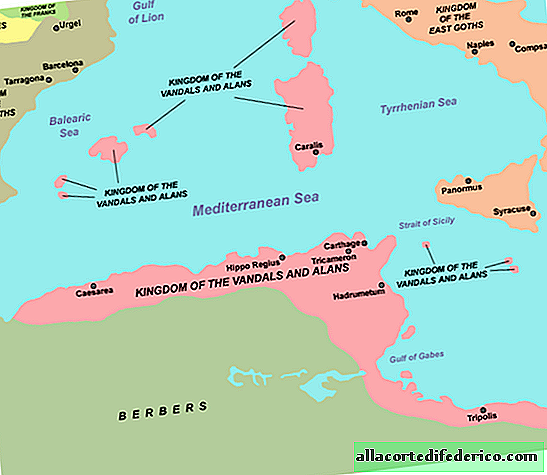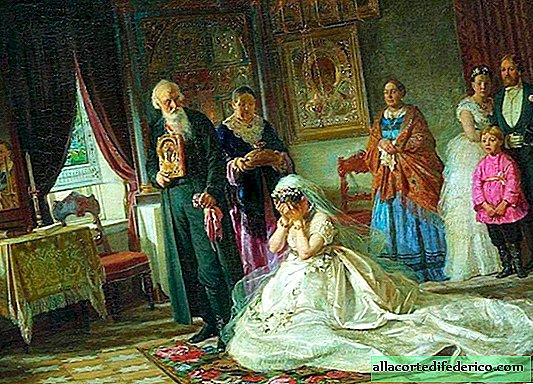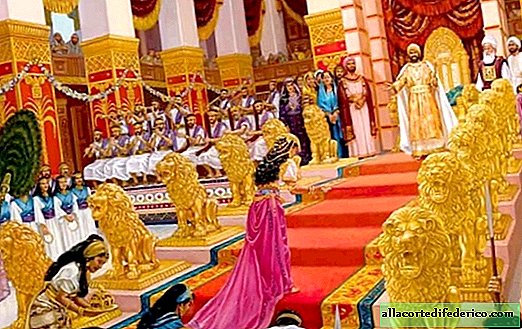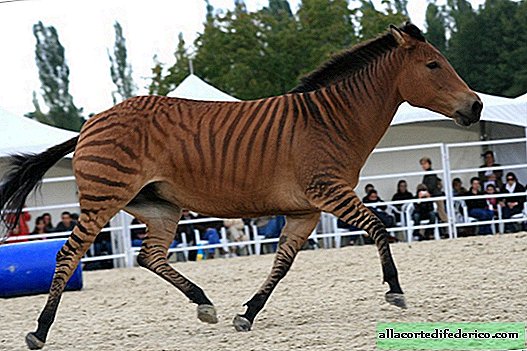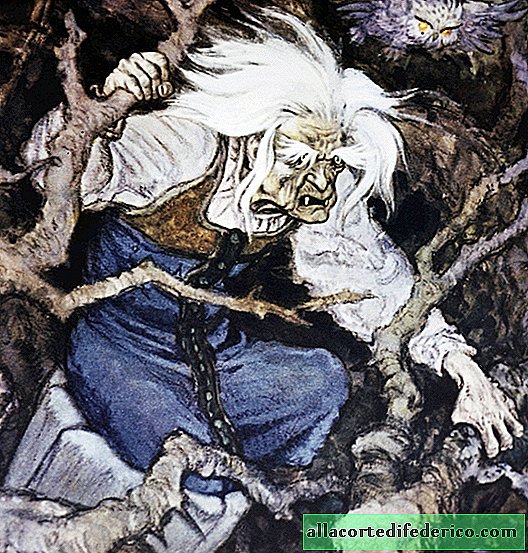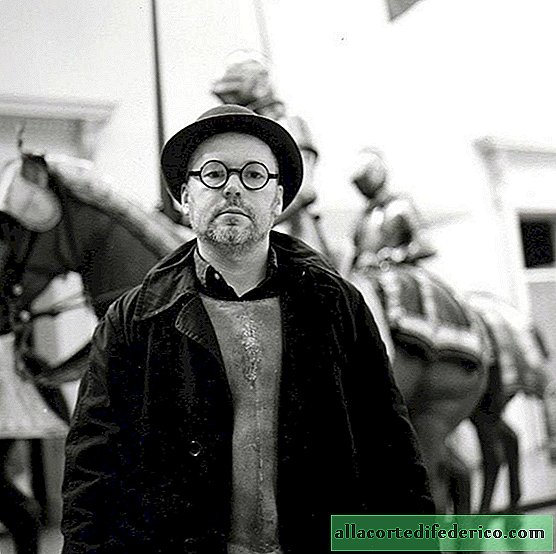Reveal, rule and nav, braids and why they could not be cut in Russia
What is a Russian braid? It is more than just long hair. Braids were of particular importance. They were the vehicles of vitality and a sign of human dignity. The pagans believed that if you cut a bunch of hair from a person, you can deprive him of vital energy. He will become sick, wither, wither, fade. In the end it can die. With the help of hair it was possible to deliver other troubles. For example, slip them to the birds so that they make a nest out of them. Then health problems will begin. Therefore, just like that, hair was not scattered. If you had to cut your hair, and this is only in extreme cases, then the hair was collected in a heap and burned.
Everybody walked with braids - both men and women. Three girls were braided in braids of three strands. The number three meant the trinity of the world - reality, right and nav. Weaving meant their combination. The trinity also passed into Christianity: God the Father, God the Son and God the Holy Spirit. Weave braid you need correctly - in the direction from the spine. That is how our body receives vitality.
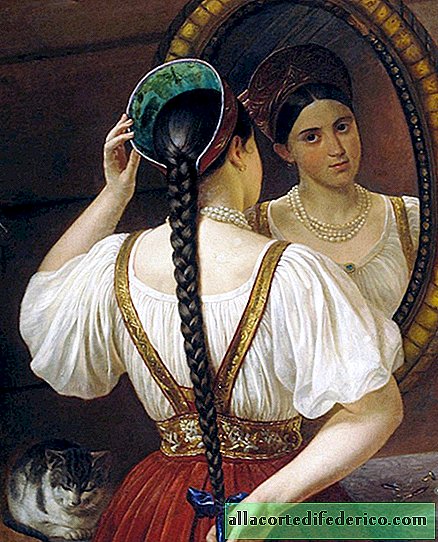 "The girl in front of the mirror." F. Budkin
"The girl in front of the mirror." F. BudkinBy hairstyle, you can determine in what social status a woman is. Who is she - girl, bride, wife? If she has one pigtail and one ribbon is woven into it, then it is quite possible to show interest in her. The girl is not married. If she wove another ribbon, then she decided on the groom. Well, if on the head there are two pigtails and two ribbons laid in a “crown”, then a man should not approach her at all. She is a husband wife. It is impossible to have one braid for a married woman - she could become a widow.
Wives were not allowed to appear on the street with their hair loose. They must be stacked and put on a kokoshnik. To remove a woman’s hat was considered the height of insult. And for the cut braids, you could go to court and get a big fine.
 "Hawthorn." K. Makovsky
"Hawthorn." K. MakovskyIt was possible to dissolve hair only during holidays and childbirth. It was believed that loose hair helps to resolve the burden. In the Oryol province, there was such a custom: the umbilical cord of the just born was necessarily tied with locks of maternal hair. It was believed that so the connection would be stronger.
Combing also took place for a reason. It was a ceremony dedicated to the restoration of vitality. Only parents could comb children. Girls and wives did it themselves. Sometimes with the help of sisters, close friends or husbands. And the comb had to be walked at least forty times. There were few serious reasons for cutting hair: if a woman went to the monastery, if she became a widow or buried a child.
The conquerors, when they drove into the Slavic villages, cut off the braids to the women first. This was a sign of enslavement.
Among men, the braids of the sorcerers and warriors necessarily wore. Scythe protected from malicious intent and curses. In addition, it contained male power.
After the Baptism of Russia, the church began to struggle with long hair. The men were forced to cut their hair “under the pot”. So fought with the old rules.

